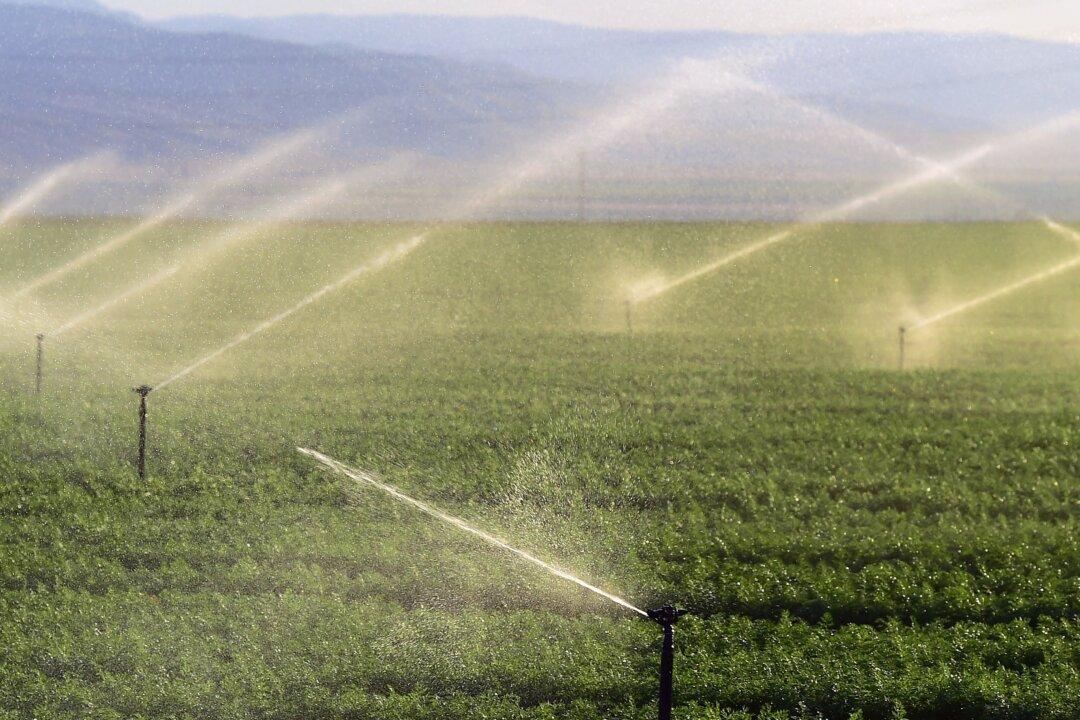As California’s drought pushes through its fourth year, the solutions being pitched for the state’s water shortage problem have become progressively more radical. In San Diego, self-styled water vigilantes scour the city for those who violate the city’s water restriction rules, and actor William Shatner started a Kickstarter campaign on Tuesday for a $30 billion water pipeline from Seattle.
Despite the frenzy of activity to cut down on water consumption—whether it’s proposals of price hikes and desalinization, or demonizing almonds—the simple fix to California’s water problem remains in plain sight, and out of reach.
Earlier this month governor Jerry Brown ordered a 25 percent cut of urban water use and the replacement of 50 million square feet of lawns with drought-friendly landscaping, but such restrictions can only do so much because in the end, sprinklers only use up a trivial amount of water.
Although farming makes up 80 percent of the California’s human water consumption, it only contributes to 2 to 4 percent of its economy. A continual drought could easily be dealt with by a reform of the state’s water management system that shifts supplies away from farming.





